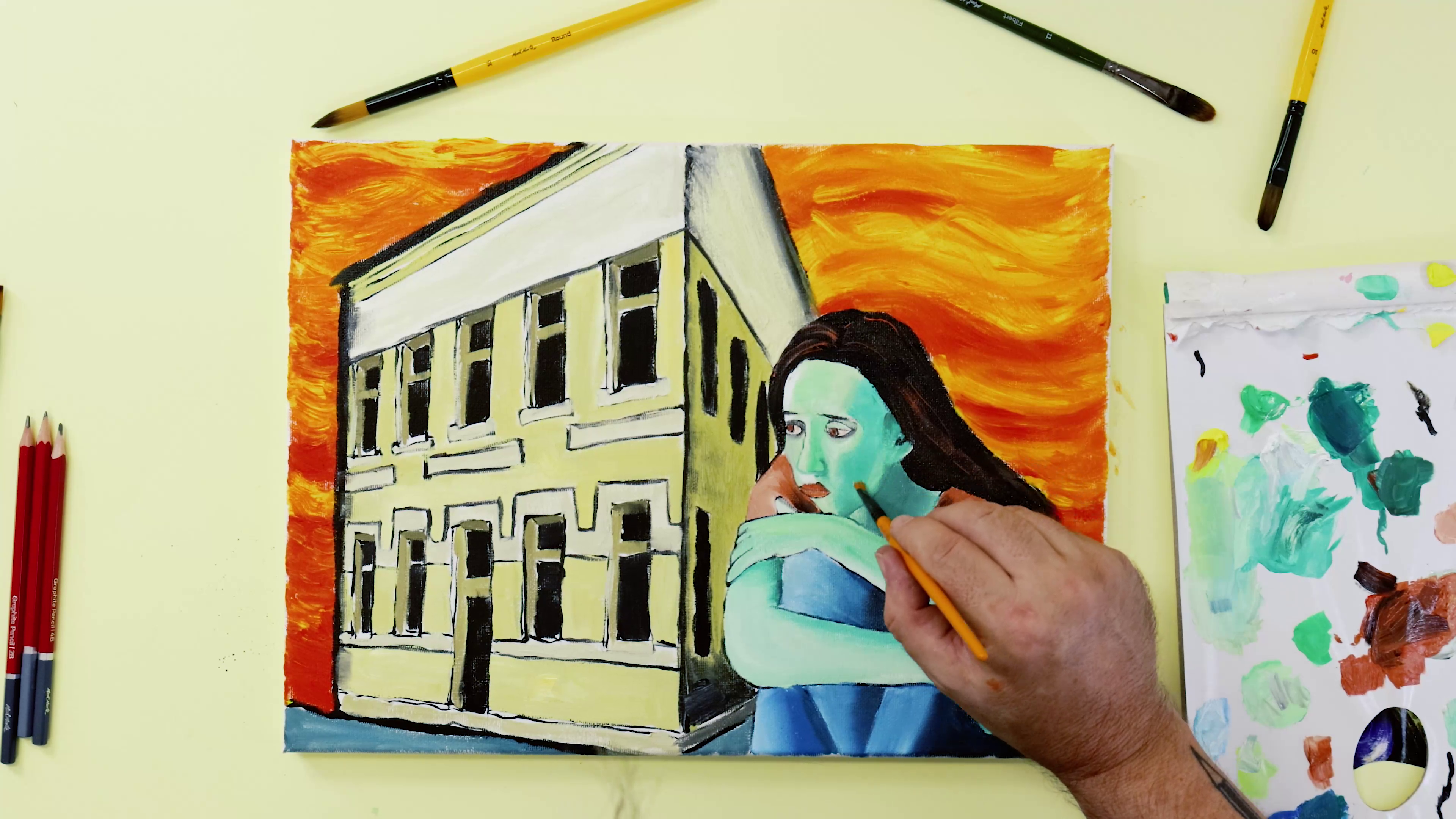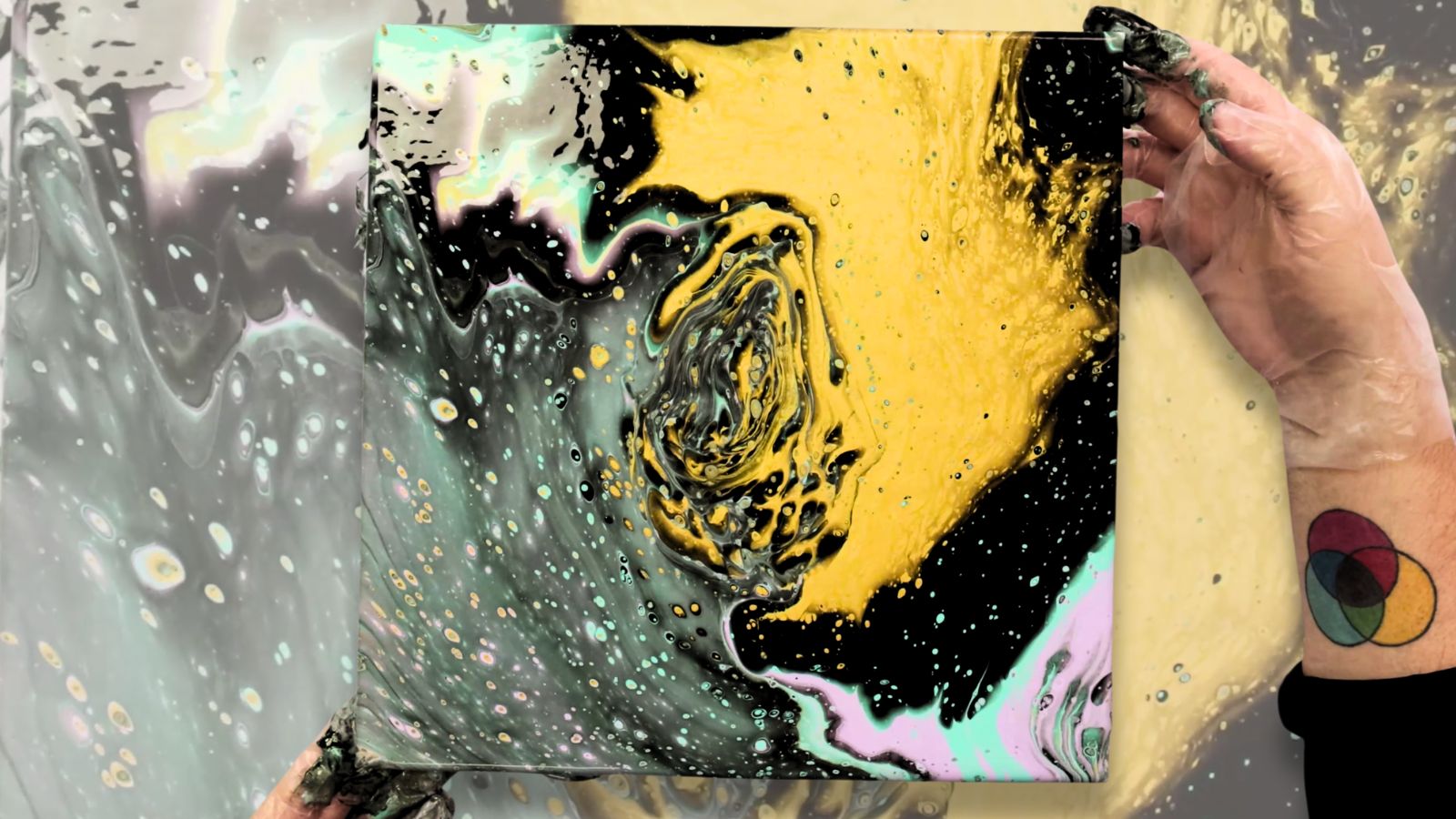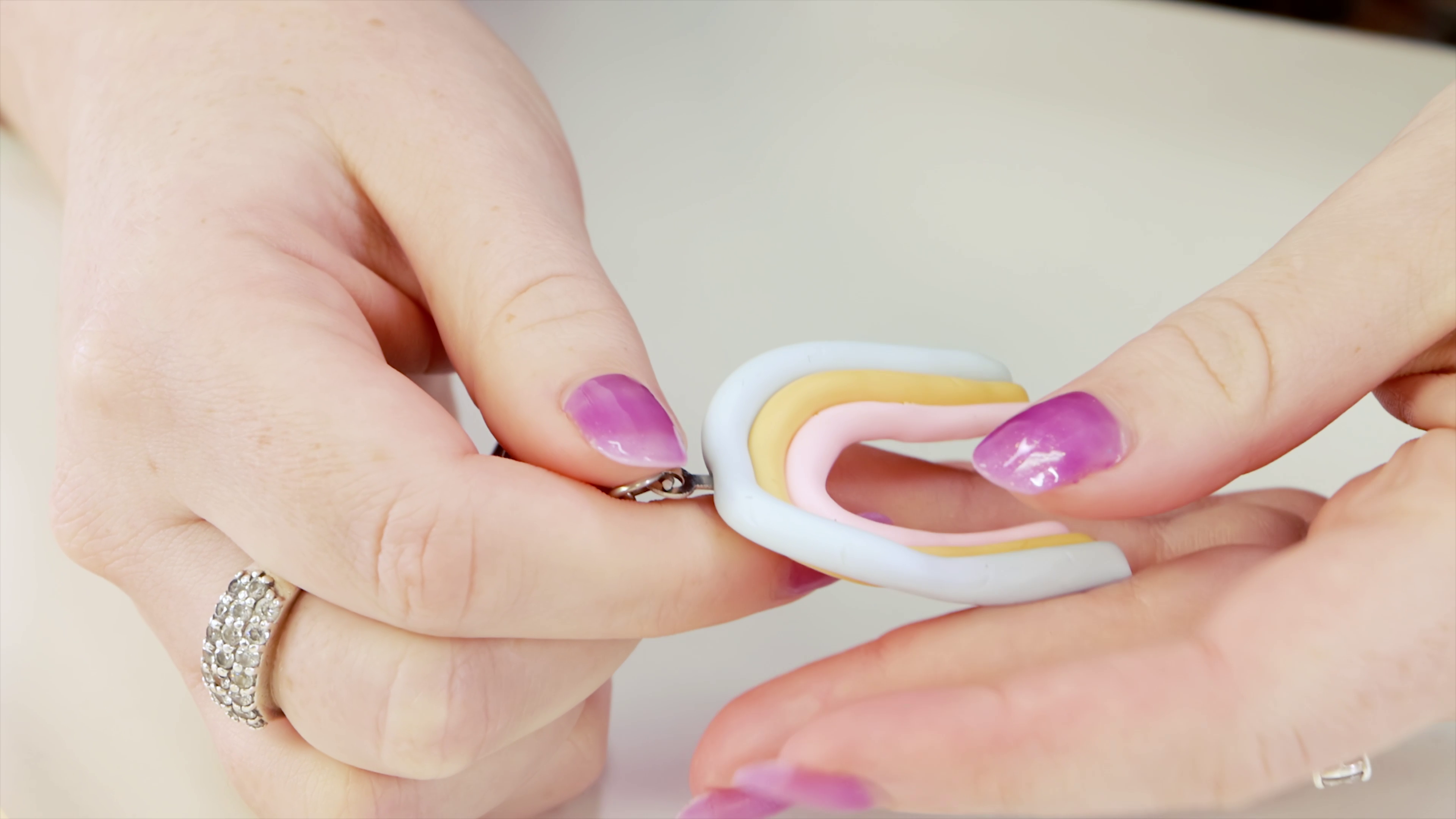We’ve probably all seen Munch’s The Scream, but what is expressionism and what are the main techniques? We’ve put together 8 Expressionism techniques to try in your next work.
Expressionism as an art movement was all about emotions. Beginning in Germany in 1910, the Expressionists believed their art should represent the artist’s emotions just as much as their subjects. Variations of expressionism later turned to abstract expressionism in the '40s and '50s (think Rothko and Pollock) and neo-expressionism in the '70s and '80s (Basquiat and Haring).
1. Jagged brush strokes and angles
Another brush stroke technique to try, is to use jagged brush strokes and angles. In Expressionist art, bodies and faces aren’t smooth and rounded, but more angular and jagged. Use a flat brush or the side of a filbert brush for a sharp, long angle or try chiselling linework using a ruler.
2. Dark outlines
Wood block printings were popular during this time too, so dark outlines were used and helped to create a starker contrast. Use a flat brush with black paint or reach for an acrylic marker, to create a dark outline for shadows or areas you’d like to focus on.
3. Distortion
The traditional rules of proportion and scale were thrown out by the Expressionists and distortion was in. We can expect bodies, objects and faces to be out of proportion. Or depending on the artist, more ghostly, loose lines in body angles and shapes, were used in Expressionist art. Try using a range of different perspectives for various angles and play with scale, making eyes larger than mouths or buildings smaller than people.
4. Cityscapes are disproportionate
Because the Expressionists found a disconnect between their outside worlds, cityscapes were often isolated in focus. Industrial life caused concern for some artists, choosing to create their cityscapes using irregular proportion and size. Try distorting views in your cityscapes, by building them up at odd angles and playing around with proportion.
5. Swirling brush strokes
In Expressionism art, we can expect to see swirling, wavey and exaggerated brush strokes to show feelings of anguish. This expressionism technique was used by Edvard Munch’s The Scream and Van Gogh’s Starry Night. To paint like an expressionist, hold the end of the brush for less control and use a loose hand, letting your arm naturally carry the brush. Or use quick, short brush strokes in circular pattern for more concentrated areas.
6. Muddy colours
Expressionist artists used more muted tones and muddier colours in their paint palettes. Shying away from pure colours, pastels or anything overly bright, they used colours like brick reds, navies, swampy greens and kept those bright colours like yellows or blues for contrast.
7. Unconventional colours
Expressionism later inspired the movement of Fauvism, where artists used a range of unconventional colours in their works. For this Expressionism technique, use colours you wouldn’t naturally use in your landscapes, portraits or still lifes. Think red washes for skies, blues for faces and greens or reds for shadows.
8. Subjects are isolated
If you look at Expressionism art, it’s certainly not capturing happy families or beachscapes. Subjects are often looking sad, depressed, anxious or alienated. War motifs were also used in Expressionist works as the start of World War I began. Though expressionism was an existential form of art, try creating just one or two subjects in your work and focussing on their expressions. For a still life, stick to a few main objects and use the colour to show the relationship between them.
Looking for more? Check out our guide to different painting styles or try these cubism techniques.
We hope that you feel inspired to try some of these expressionism techniques for yourself. #montmarteart or tag us @montmarteart on Instagram or Facebook, we’d love to see what you create.





































